Bindu Mangla | Rajni Sachdeva | Beena Sethiy | Category: Chemistry
Book Details
ISBN: 9789388342018
YOP: 2018
Pages: 180
Order also on
ABOUT THE BOOK This book is instituted for engineering students as per latest model curriculum recommended by AICTE. The spirit of model curriculum is well perceived in this title and even presaged the requirements of the students, customizing the content to emergent demand
Experiment 1(a)- To determine the viscosity of a given liquid at room temperature by Ostwal’s viscometer
Experiment 1(b)- To determine surface tension of given liquid at room temperature using Stalagmometer by drop number method
Experiment 1(c)- To determine surface tension of a given liquid at room temperature using Stalagmometer by drop weight method
Experiment 2- To determine the number of components present in the given organic mixture by thin layer chromatography
Experiment 3- To determine Ion Exchange capacity of a given cation Exchange Resin
Experiment 4- To determine chloride content of water sample by Mohr’s method
(Argentometric titration)
Experiment 5- To determine the molecular weight of the given non-volatile solute
using a colligative property (depression in freeing point) by Rast method
Experiment 6- To determine rate constant of hydrolysis of ethyl acetate by HCl
of room temperature
Experiment 7(a)- To determine the cell constant of given cell
Experiment 7(b)- To determine equivalent conductance of acetic acid at different concentrations
Experiment 8(a)- To determine electrode potential of given electrode (Zn)
Experiment 8(b)- To determine emf of a given cell potentiometrically
Experiment 9(a)- To prepare urea formaldehyde resin
Experiment 9(b)- To prepare phenol formaldehyde resin
Experiment 9(c)- To prepare a sample of pure aspirin
Experiment 10(a)- To determine the Saponification value of given oil
Experiment 10(b)- To determine the Acid Value of given oil
Experiment 11- To analyze given chemical salt qualitatively
Experiment 12- To study lattice structure and packing of spheres
Experiment 13- To study models of Potential Energy Surface
Experiment 14- To determine effect of concentration on rate of reaction/Iodine clock reaction Or To study the kinetics of reaction between iodide ions and hydrogen peroxide
Experiment 15- To study the distribution of iodine between water and carbon tetrachloride and determine the partition coefficient
Experiment 16- To study the adsorption of acetic acid on charcoal
Experiment 17- To demonstrate isoelectric point as the pH of minimum viscosity for gelatin sols (0.5%), using of the capillary viscometers
ABOUT THE BOOK This book is instituted for engineering students as per latest model curriculum recommended by AICTE. The spirit of model curriculum is well perceived in this title and even presaged the requirements of the students, customizing the content to emergent demand
Experiment 1(a)- To determine the viscosity of a given liquid at room temperature by Ostwal’s viscometer
Experiment 1(b)- To determine surface tension of given liquid at room temperature using Stalagmometer by drop number method
Experiment 1(c)- To determine surface tension of a given liquid at room temperature using Stalagmometer by drop weight method
Experiment 2- To determine the number of components present in the given organic mixture by thin layer chromatography
Experiment 3- To determine Ion Exchange capacity of a given cation Exchange Resin
Experiment 4- To determine chloride content of water sample by Mohr’s method
(Argentometric titration)
Experiment 5- To determine the molecular weight of the given non-volatile solute
using a colligative property (depression in freeing point) by Rast method
Experiment 6- To determine rate constant of hydrolysis of ethyl acetate by HCl
of room temperature
Experiment 7(a)- To determine the cell constant of given cell
Experiment 7(b)- To determine equivalent conductance of acetic acid at different concentrations
Experiment 8(a)- To determine electrode potential of given electrode (Zn)
Experiment 8(b)- To determine emf of a given cell potentiometrically
Experiment 9(a)- To prepare urea formaldehyde resin
Experiment 9(b)- To prepare phenol formaldehyde resin
Experiment 9(c)- To prepare a sample of pure aspirin
Experiment 10(a)- To determine the Saponification value of given oil
Experiment 10(b)- To determine the Acid Value of given oil
Experiment 11- To analyze given chemical salt qualitatively
Experiment 12- To study lattice structure and packing of spheres
Experiment 13- To study models of Potential Energy Surface
Experiment 14- To determine effect of concentration on rate of reaction/Iodine clock reaction Or To study the kinetics of reaction between iodide ions and hydrogen peroxide
Experiment 15- To study the distribution of iodine between water and carbon tetrachloride and determine the partition coefficient
Experiment 16- To study the adsorption of acetic acid on charcoal
Experiment 17- To demonstrate isoelectric point as the pH of minimum viscosity for gelatin sols (0.5%), using of the capillary viscometers

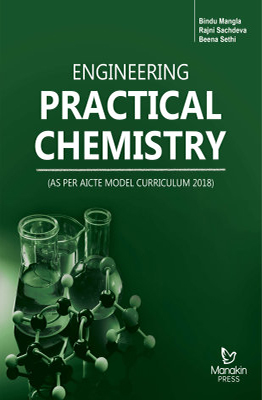
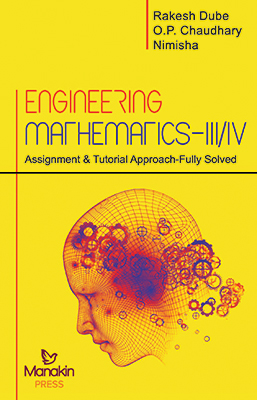

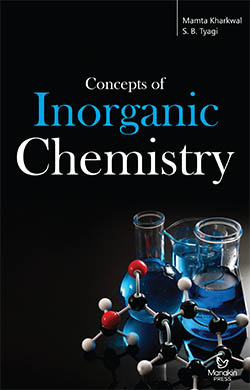
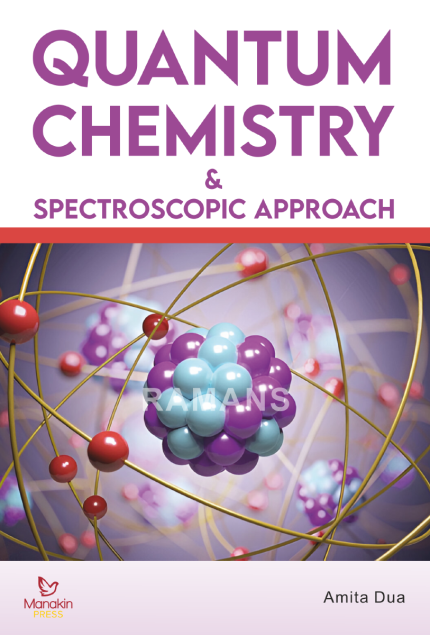
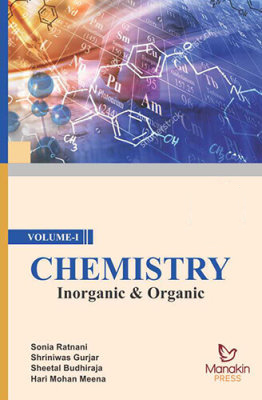
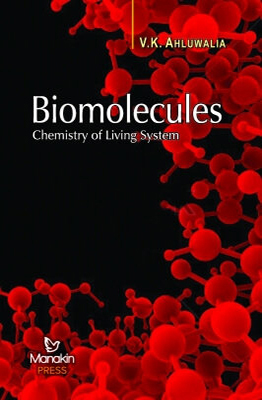
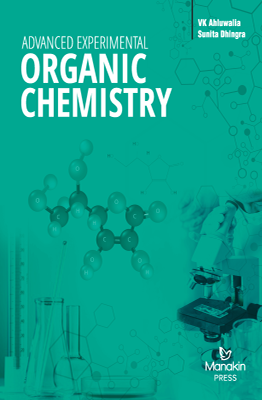
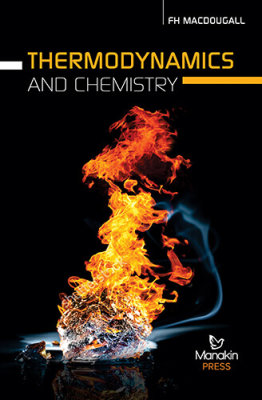
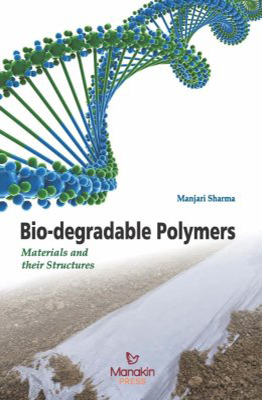
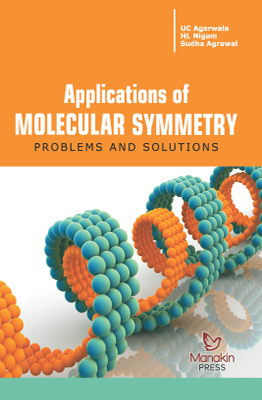
Reviews
There are no reviews yet.